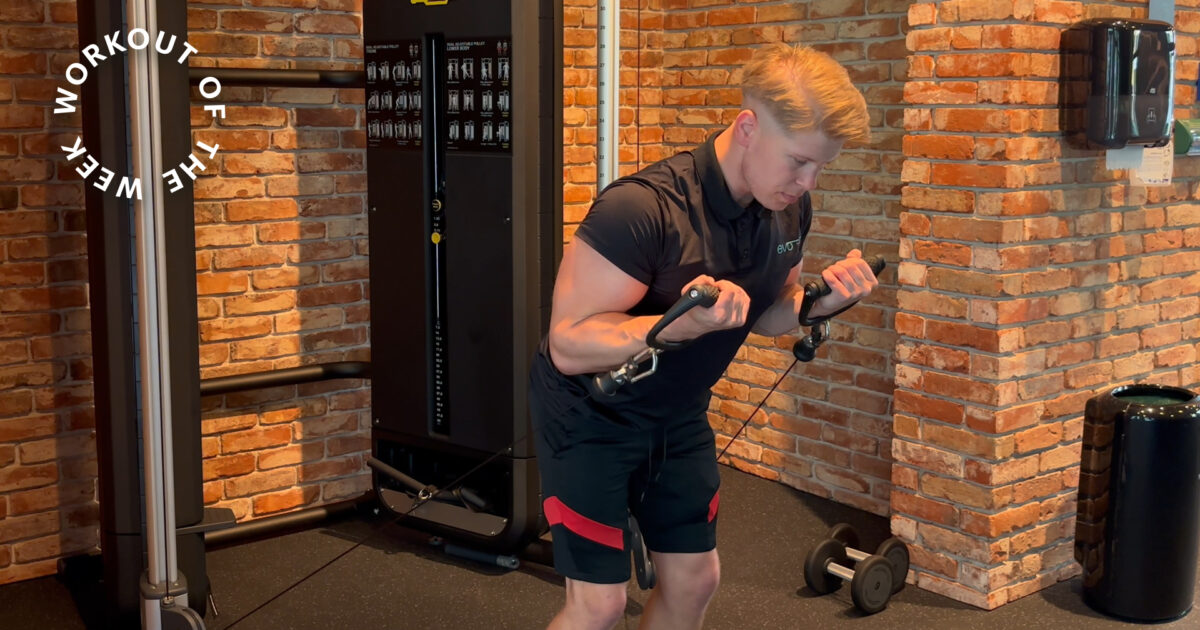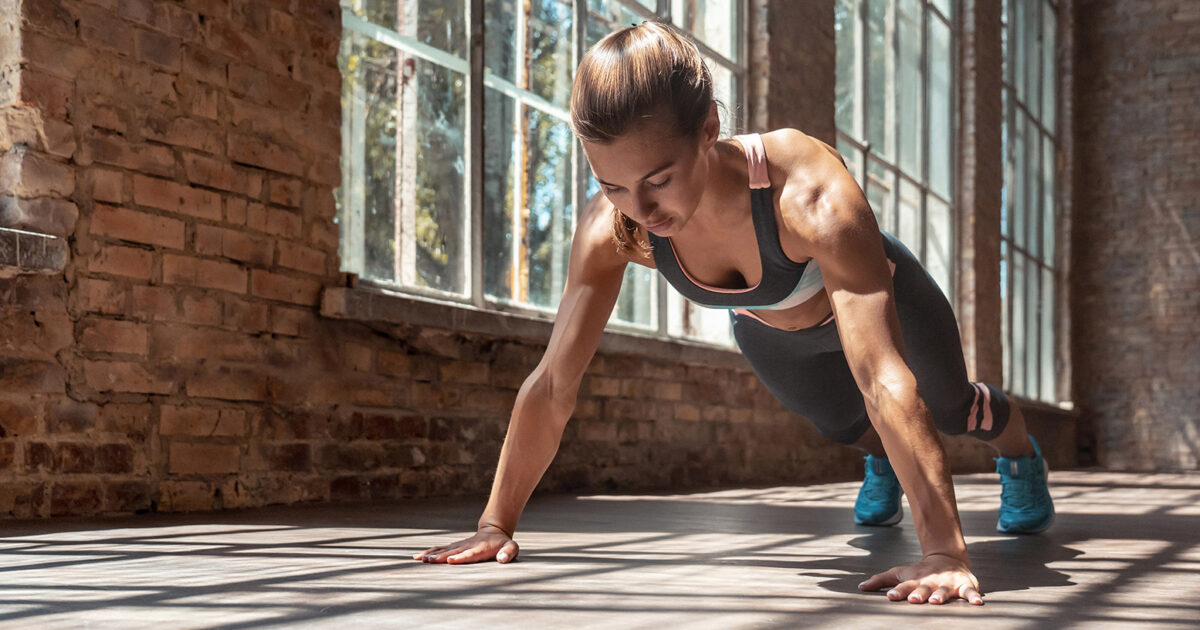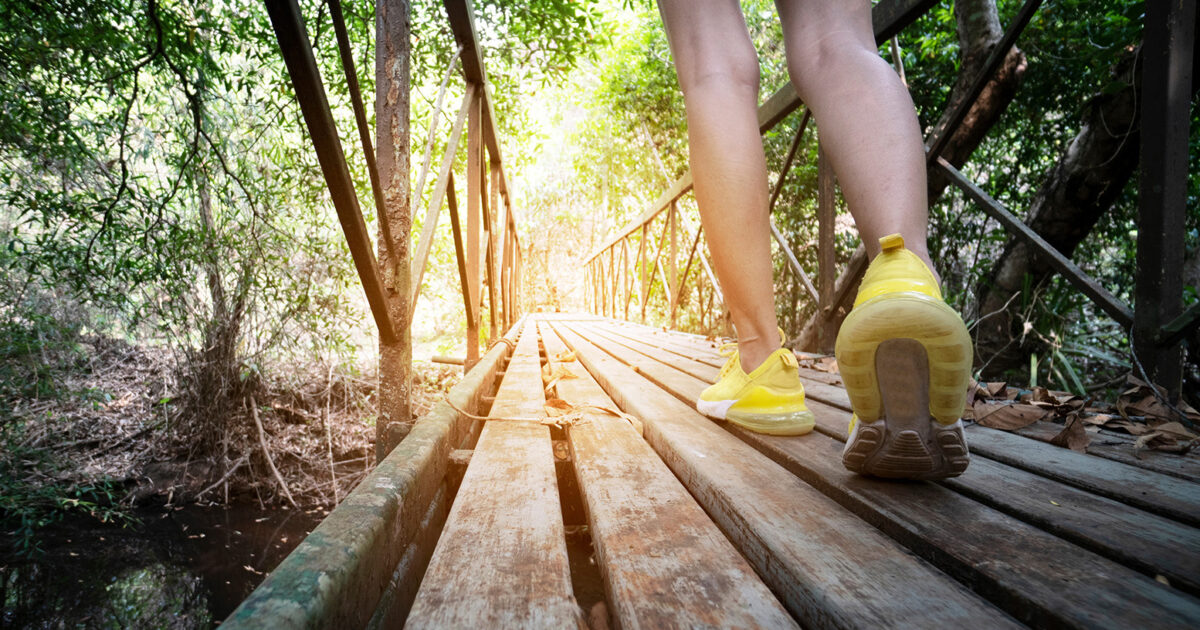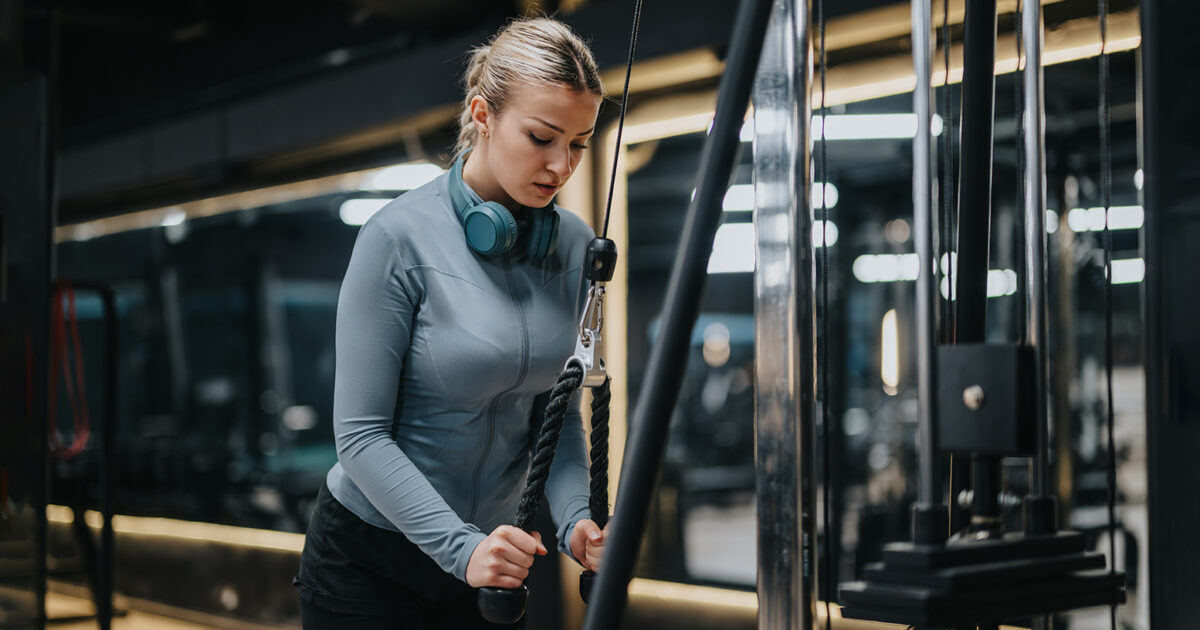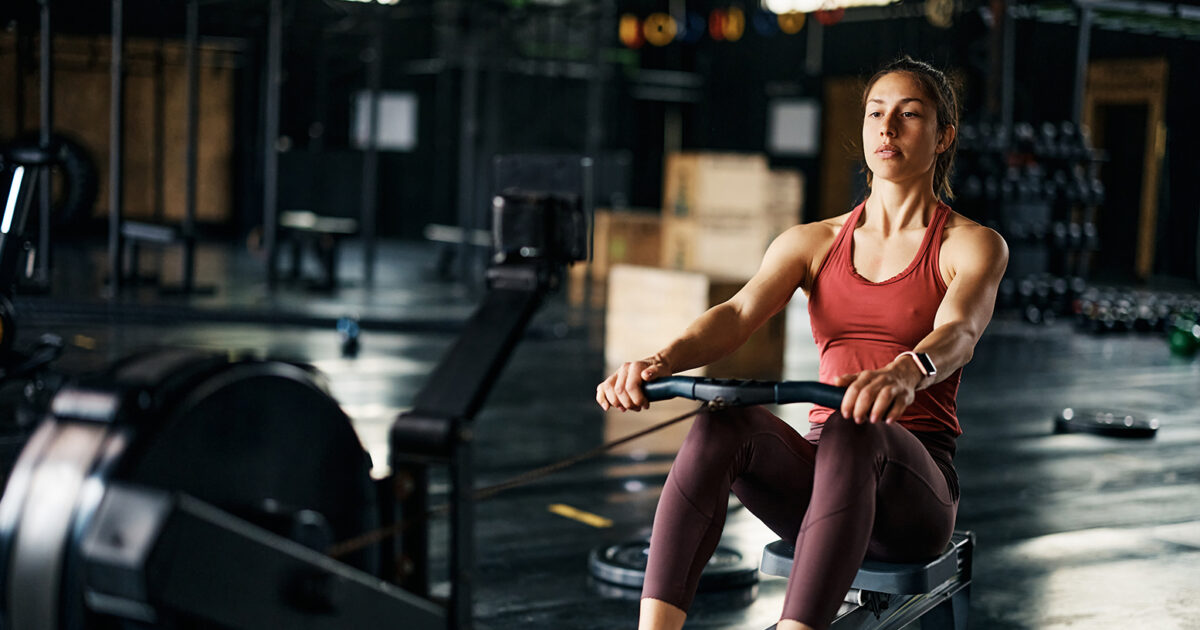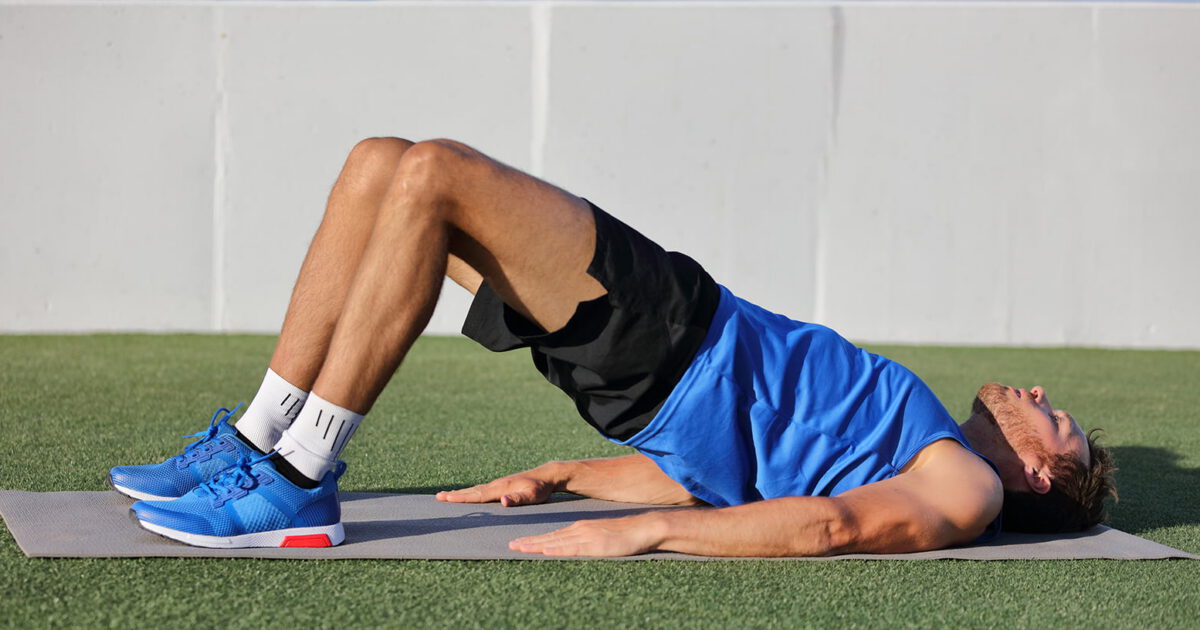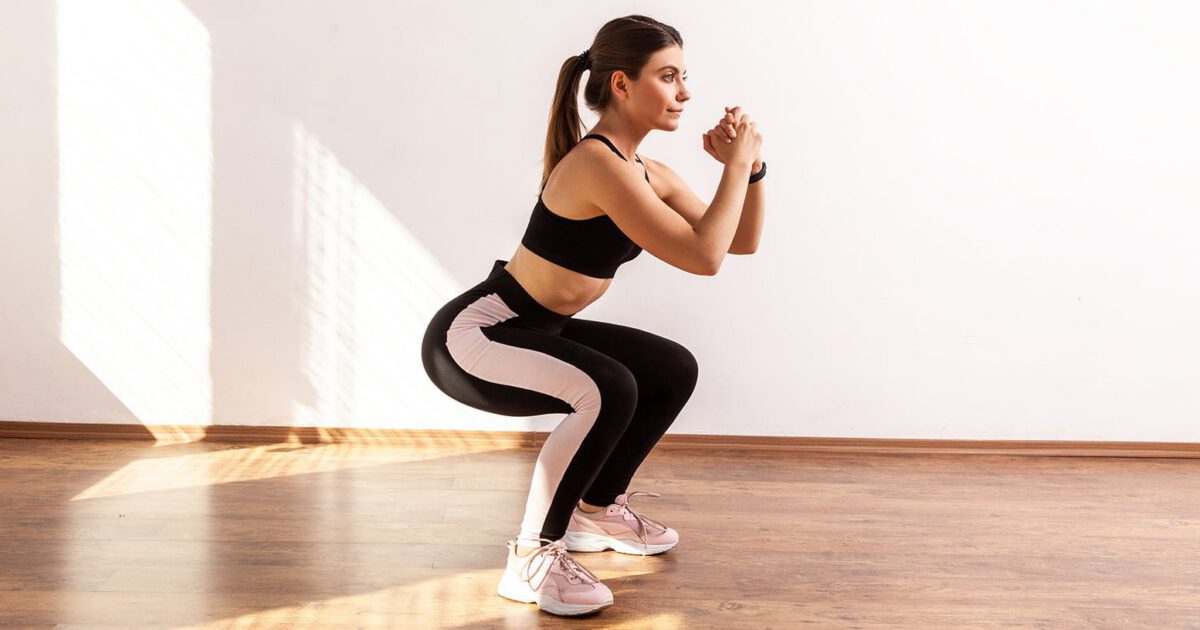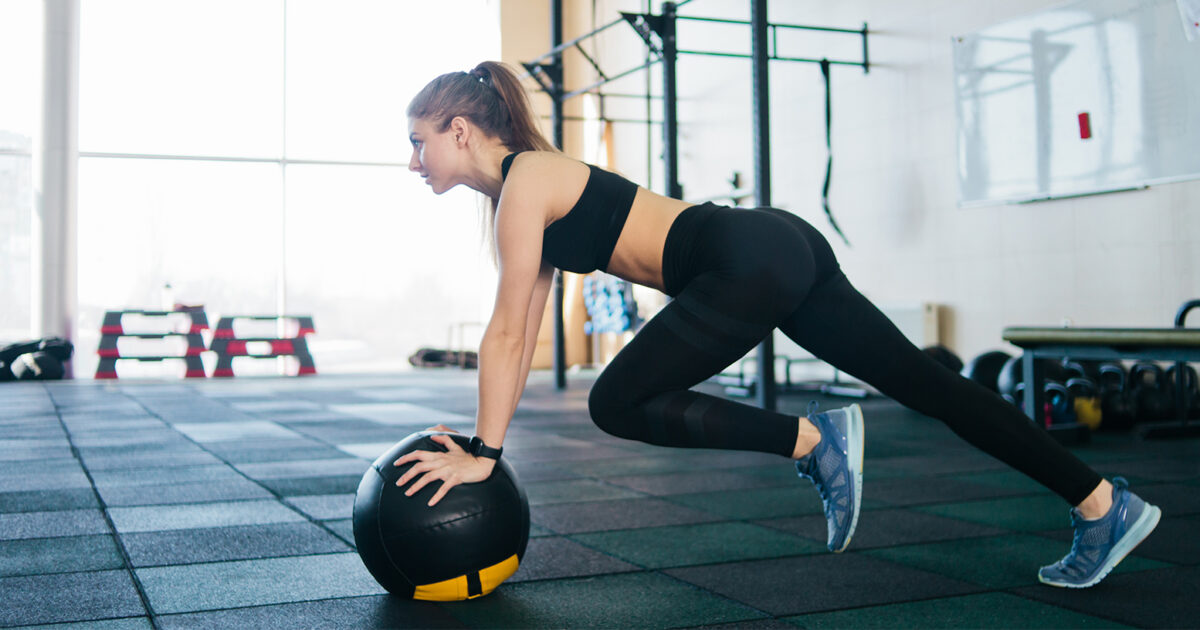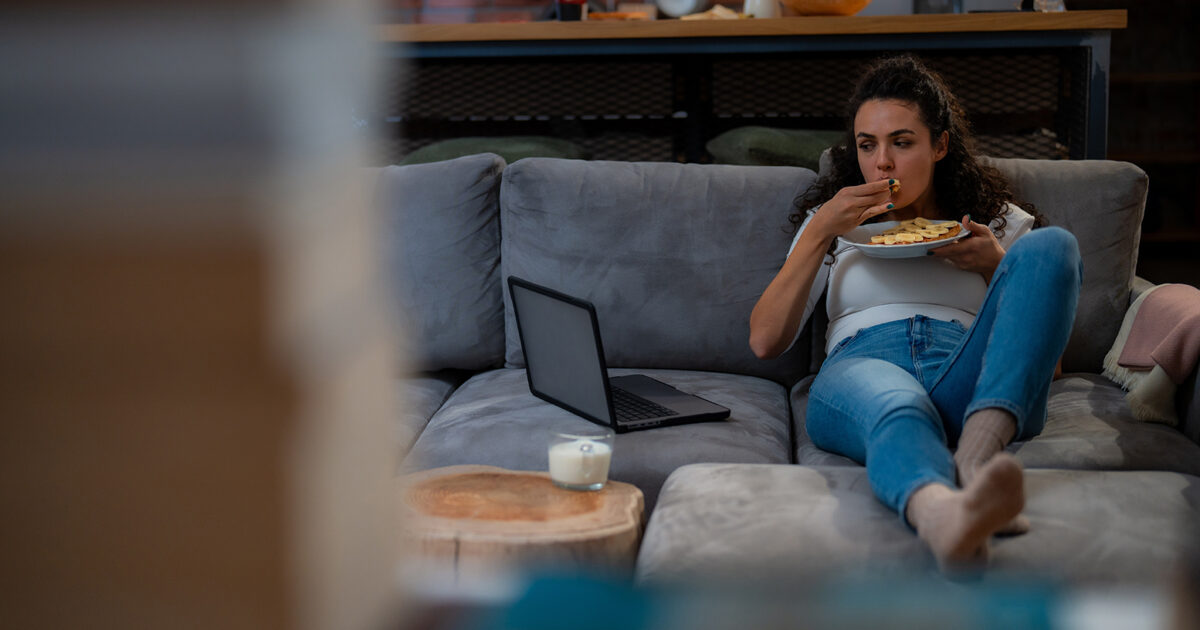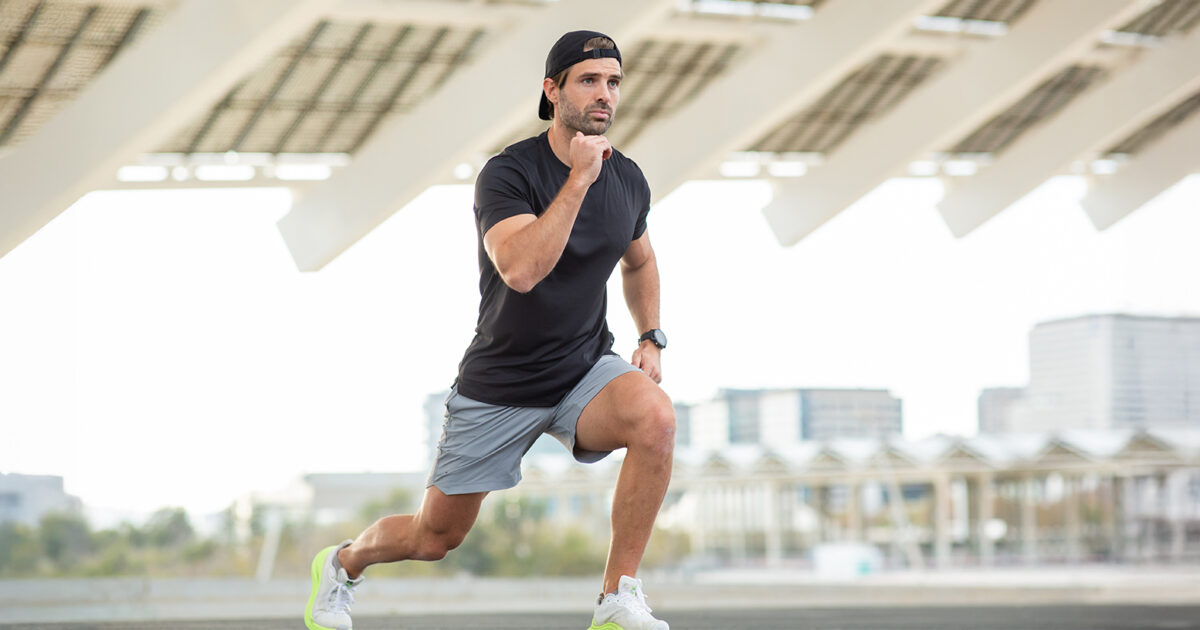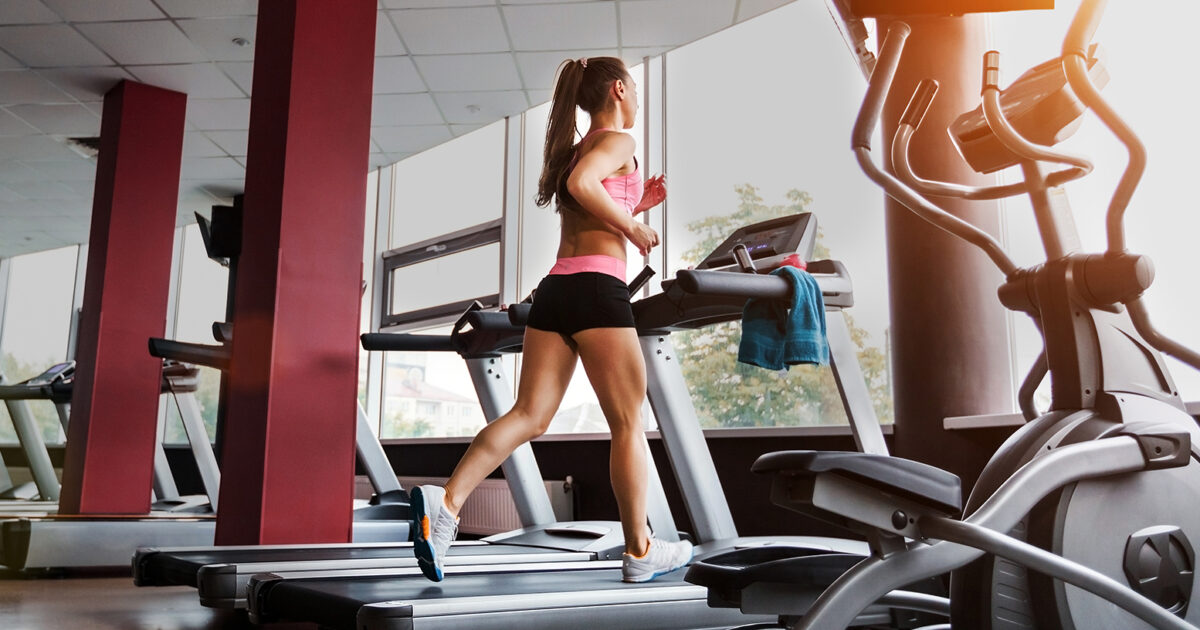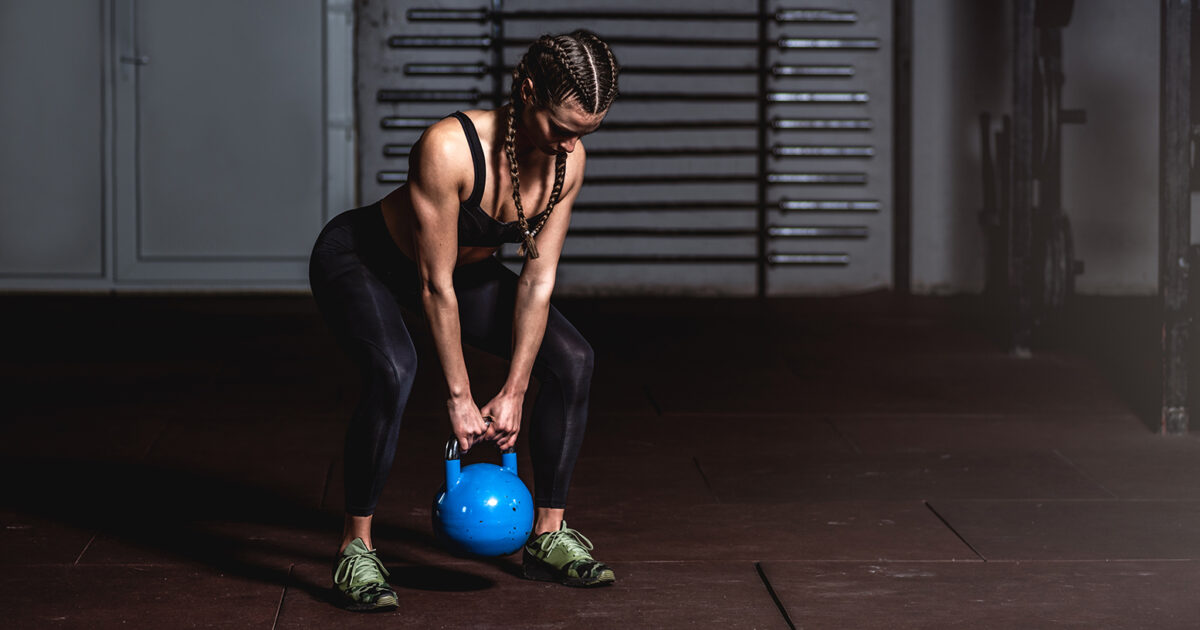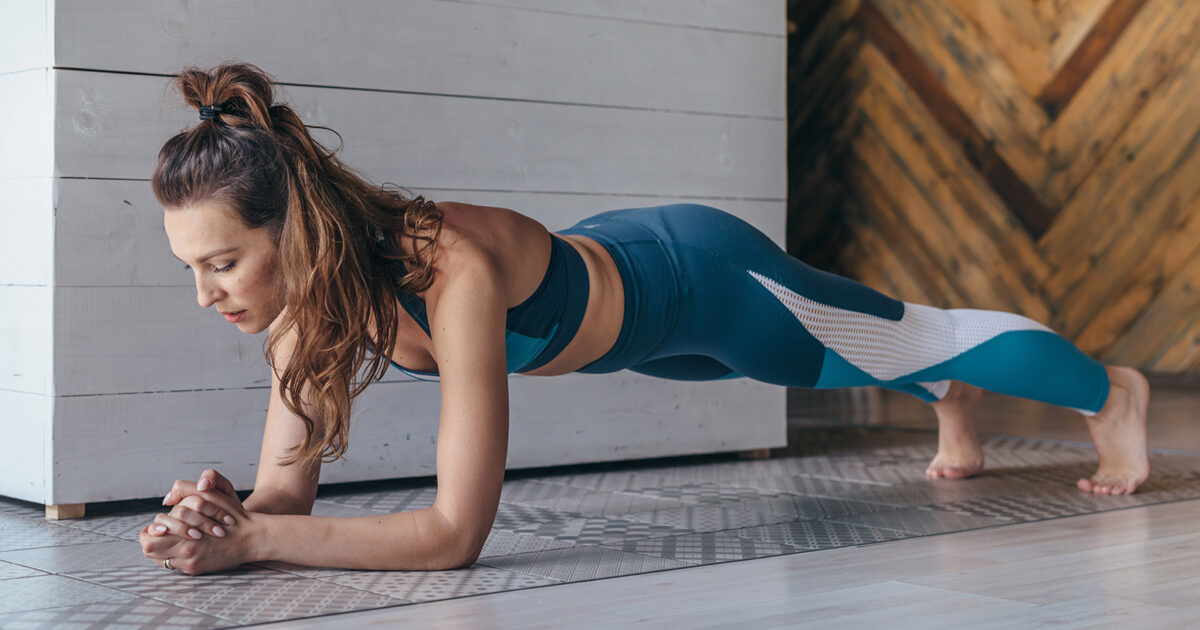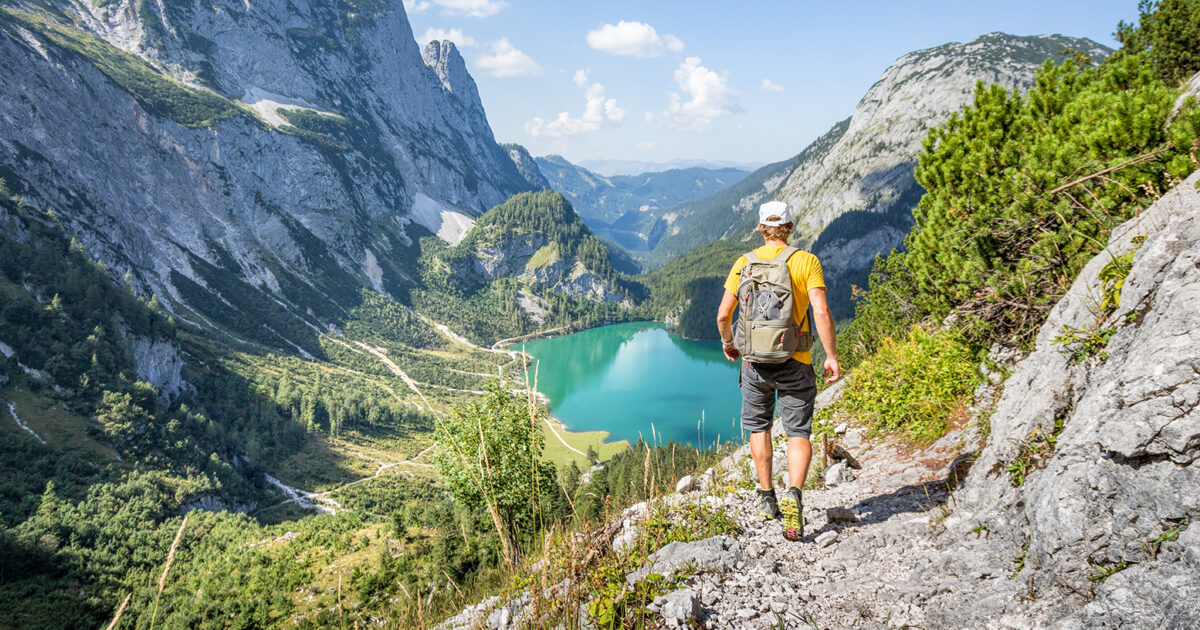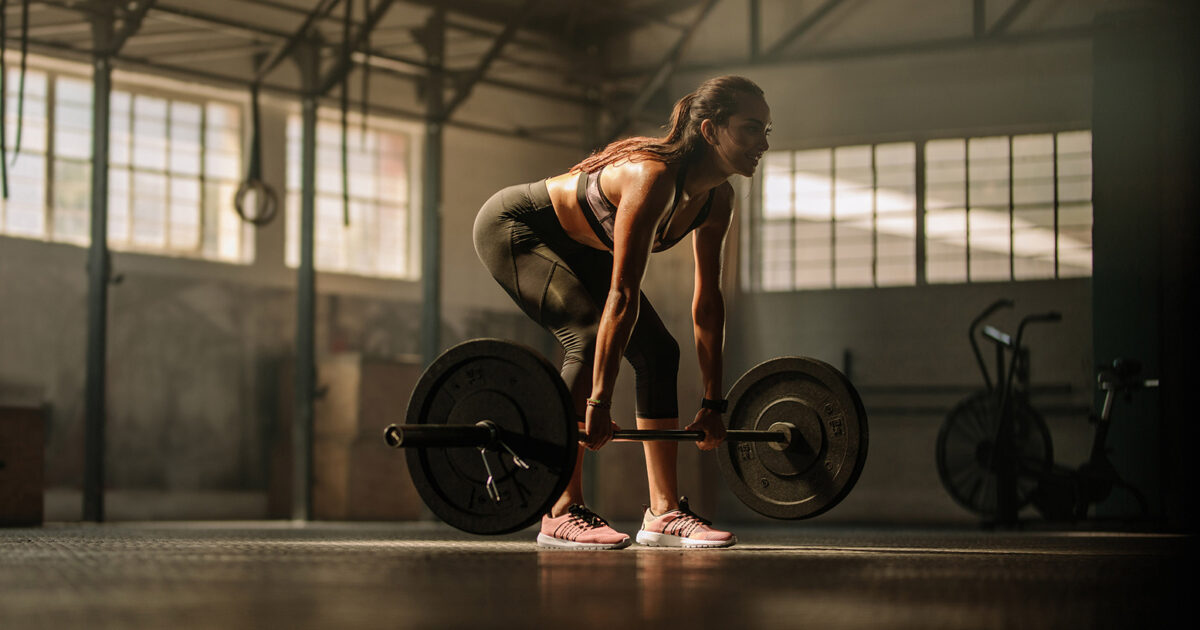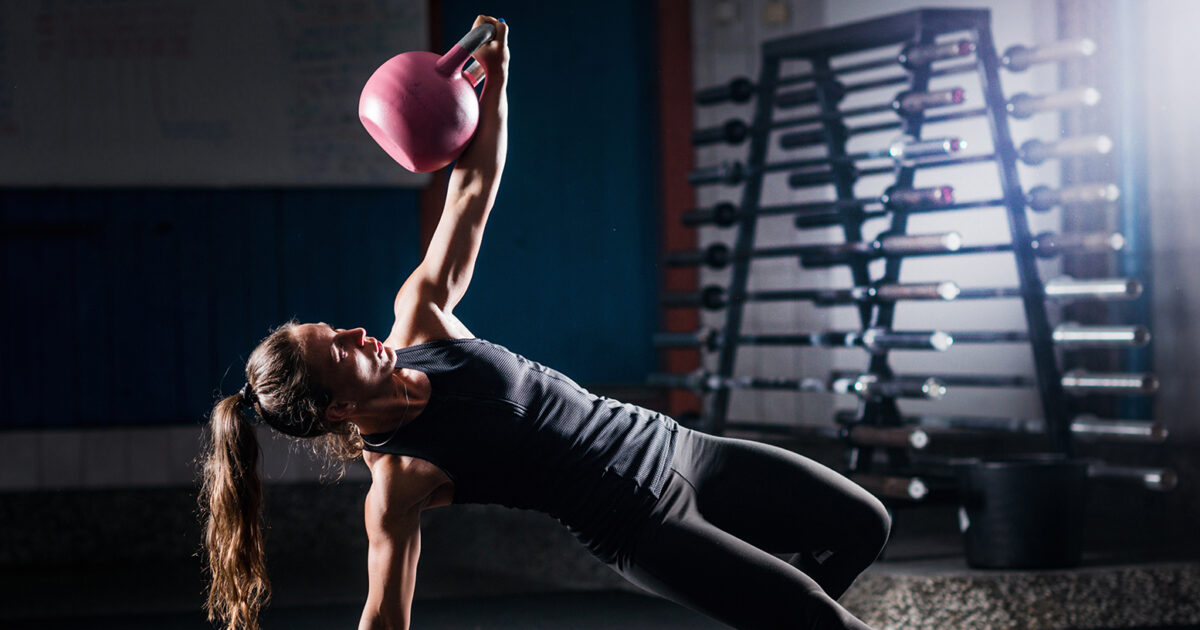Move
Try EVO-designed workouts for every level

Workout of the week: 15-min front-chain strength workout
ALL LEVELS / front-chain strength workout / 15 minutes Equipment: Dumbbells, weight disc & kettlebells Usually, workouts are divided by muscle groups: chest day, leg day, back day — you name it. This time, we’re flipping the script with a...
Learn
Master proper form with our exercise tutorials
6 common gym injuries and how to avoid them
You've made it — you finally found your rhythm. You're locked in on your workouts, the mirror shows progress, the scale is moving towards your goal, and you're feeling stronger and more confident than ever. And then, you feel it:...
Discover
Stay updated on the latest in fitness

What is time under tension (TUT)?
One of the main benefits of joining a gym is escaping daily life's tension. Whether it's that project at work, the family matter that keeps coming back, or simply the stress from global events, gyms — and EVO, in particular...
EVOlve
Elevate your fitness with our training tips
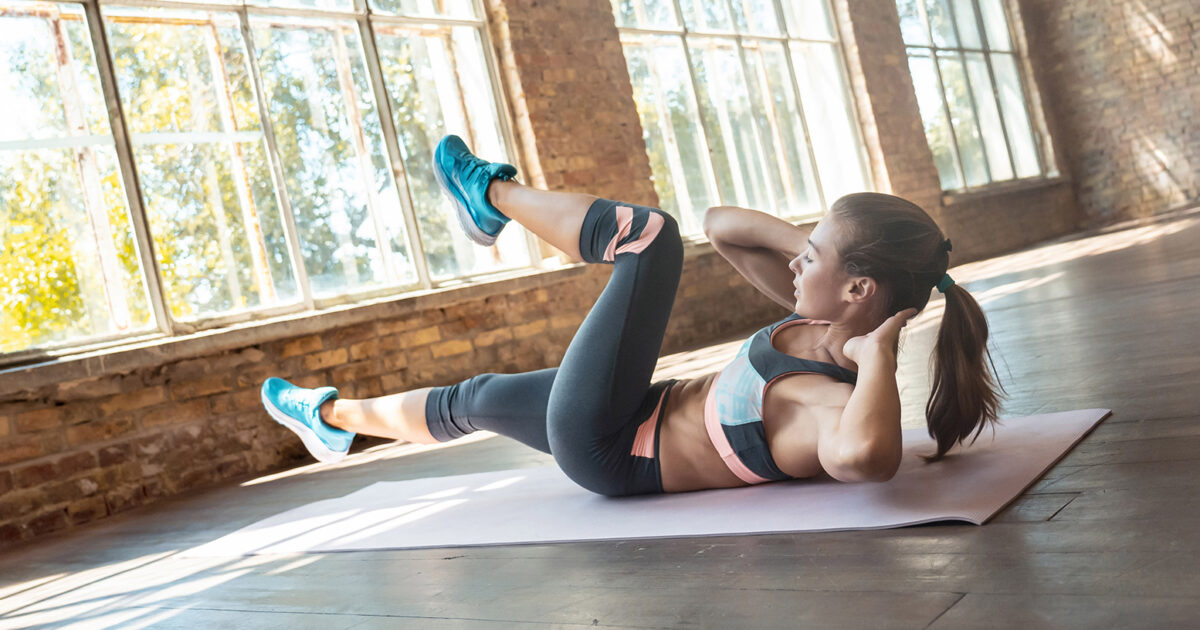
5 alternatives to planks and why you should consider them
Planks are one of the go-to exercises for core strengthening — and there are plenty of reasons to support this choice: it does wonders for your posture and shoulders and improves your balance and flexibility, among others. For some, however,...






